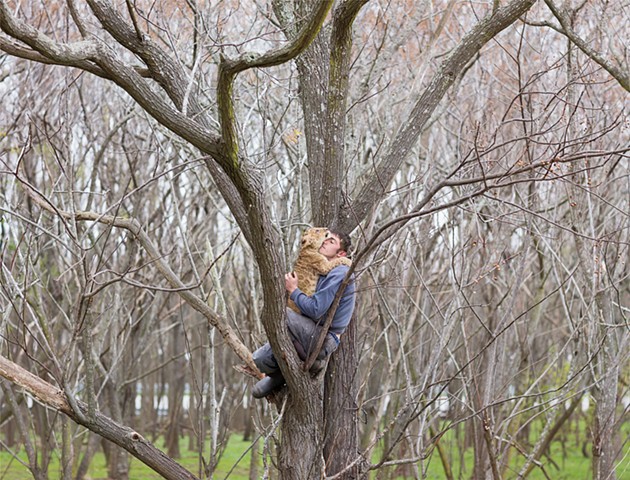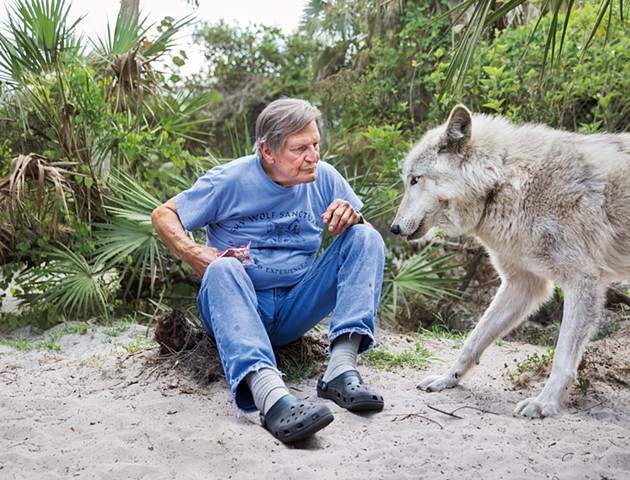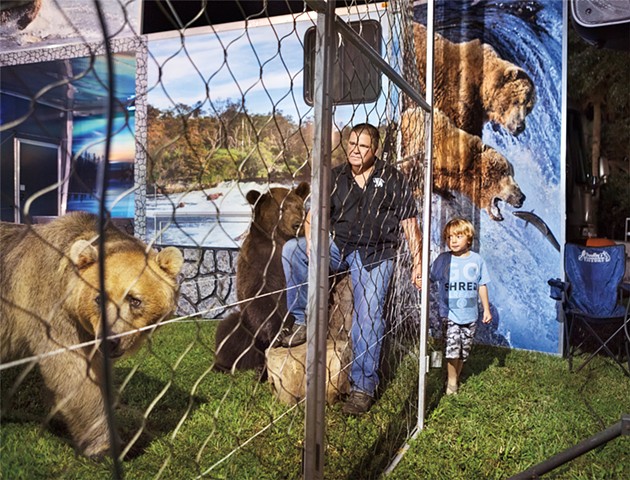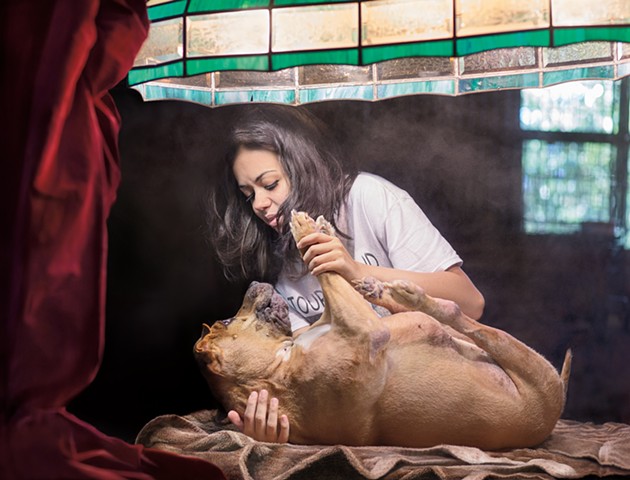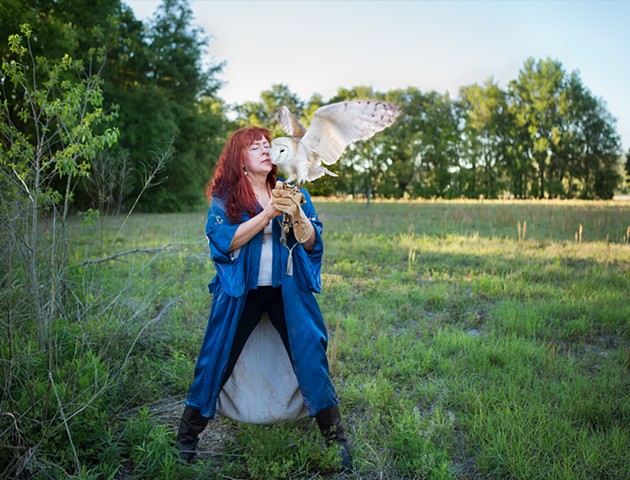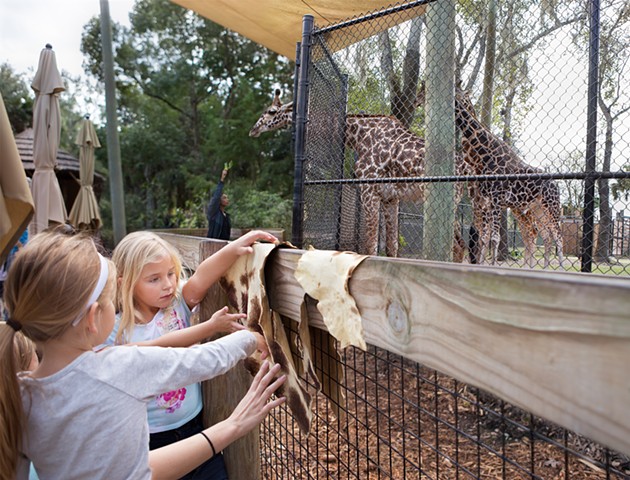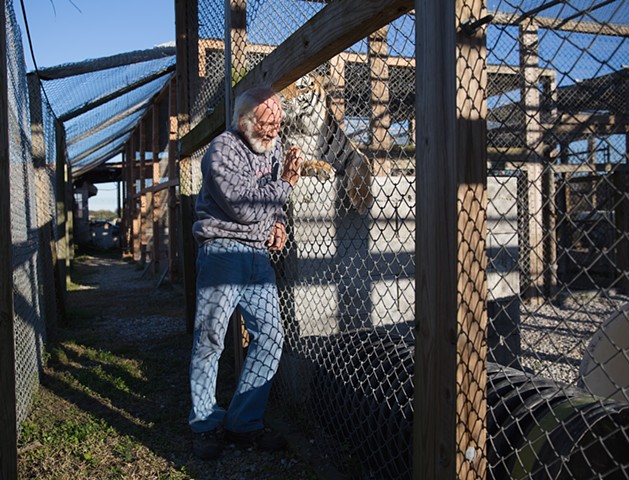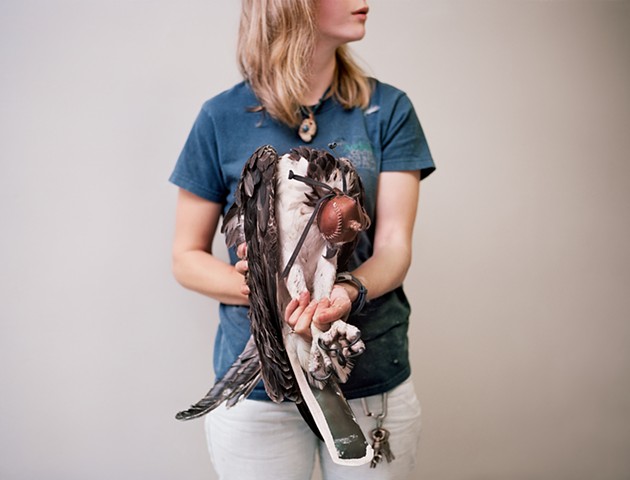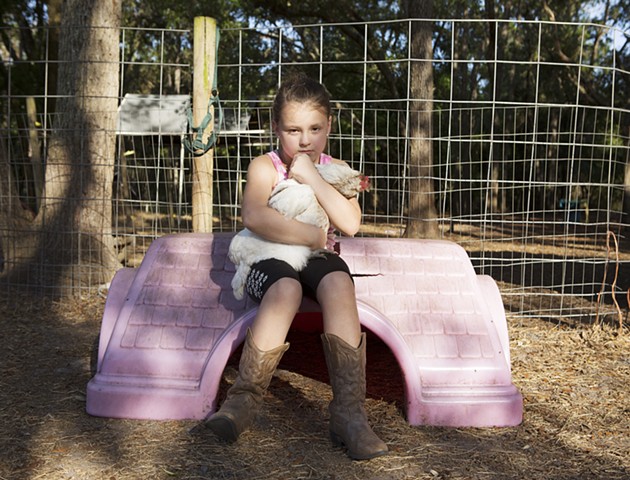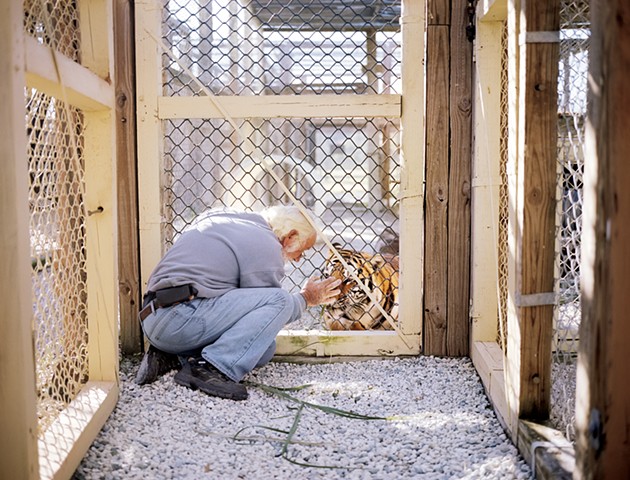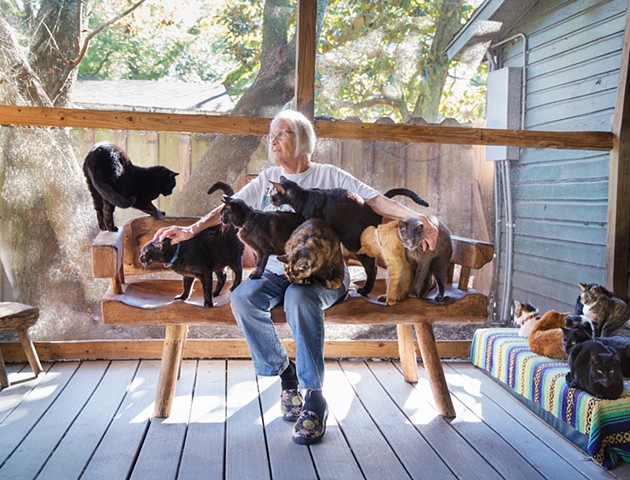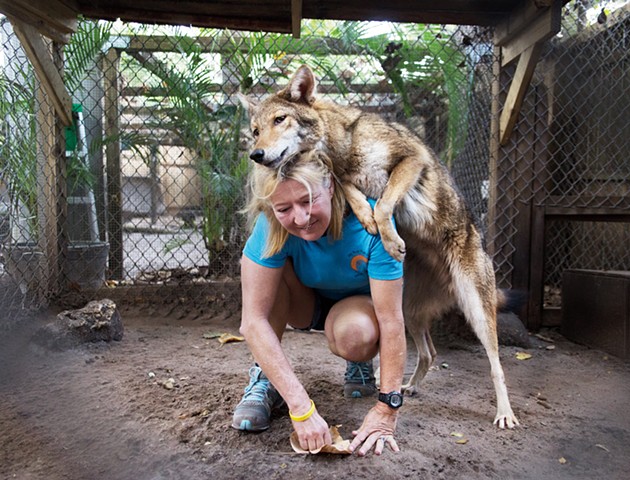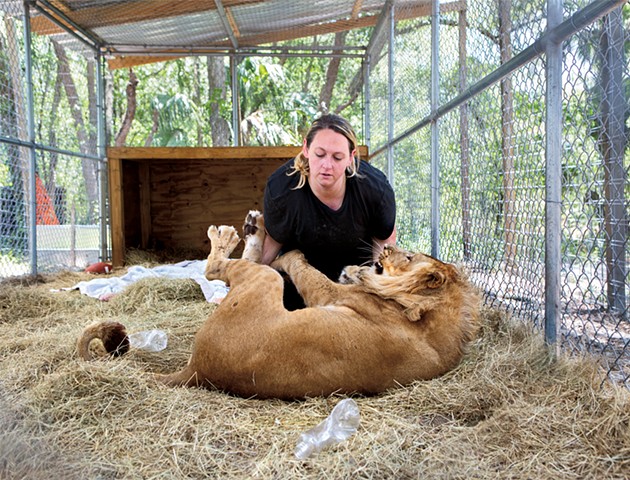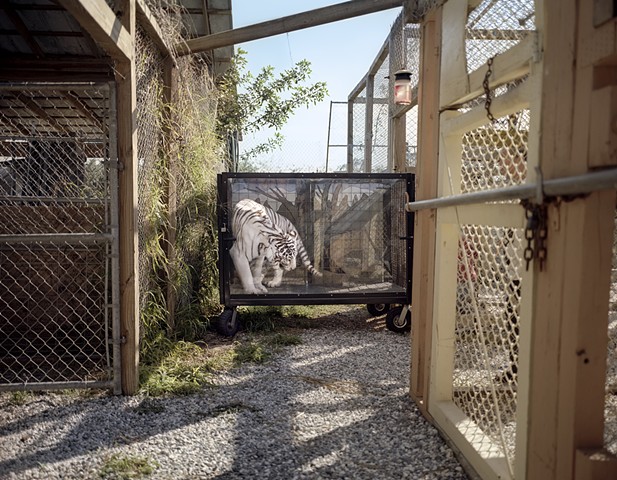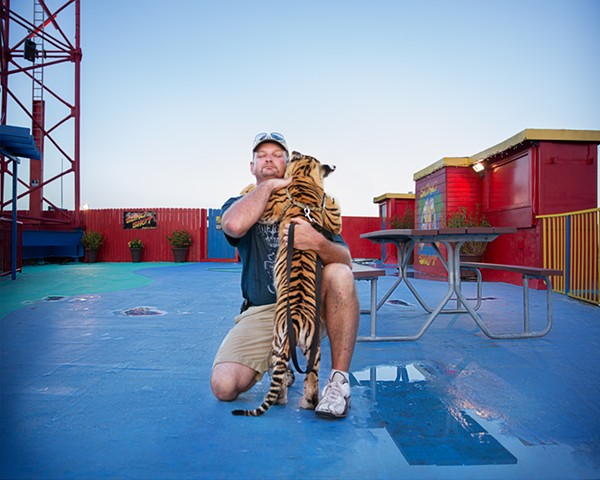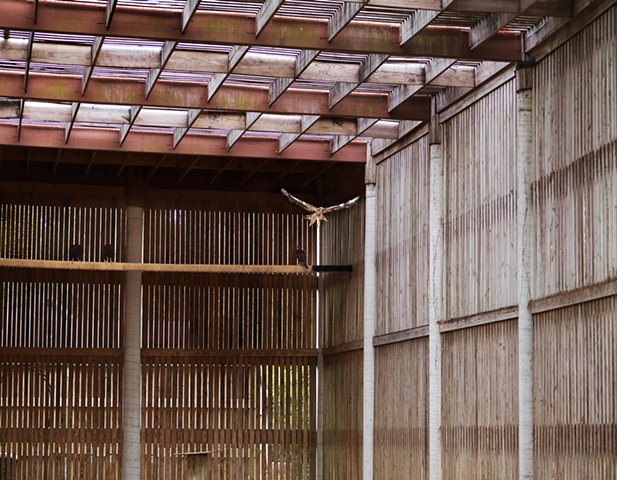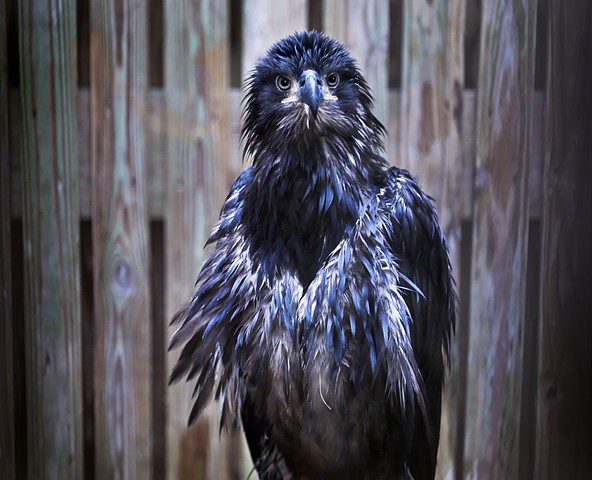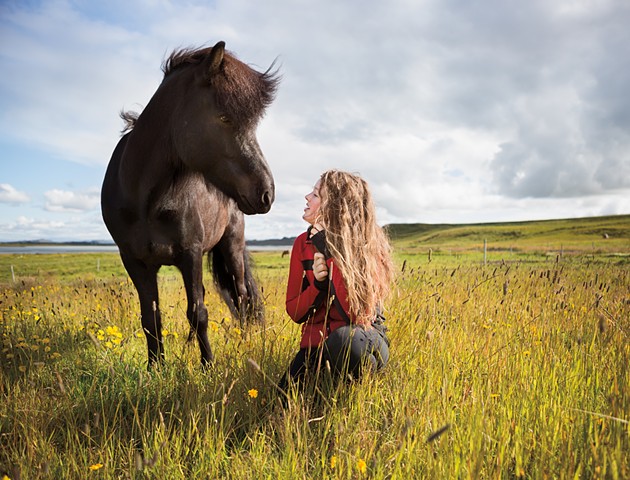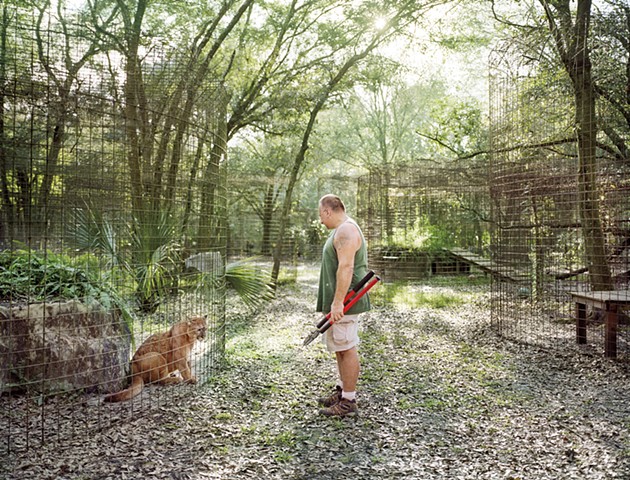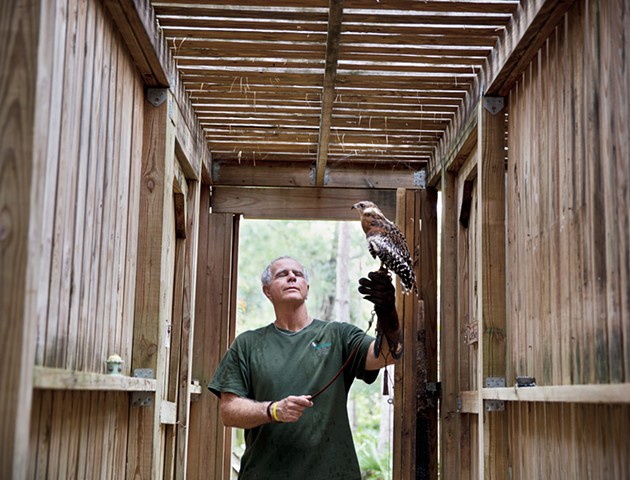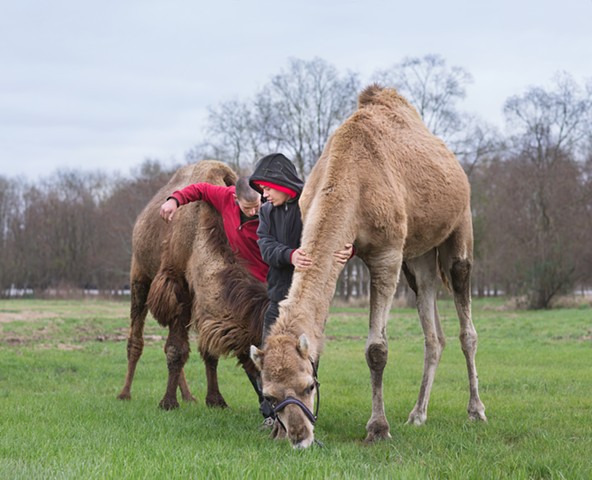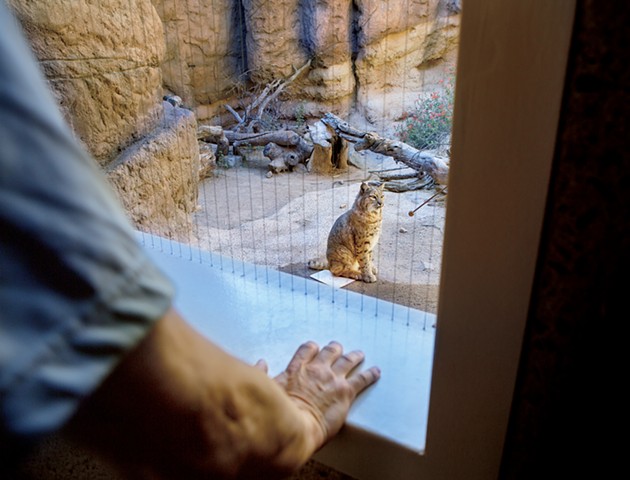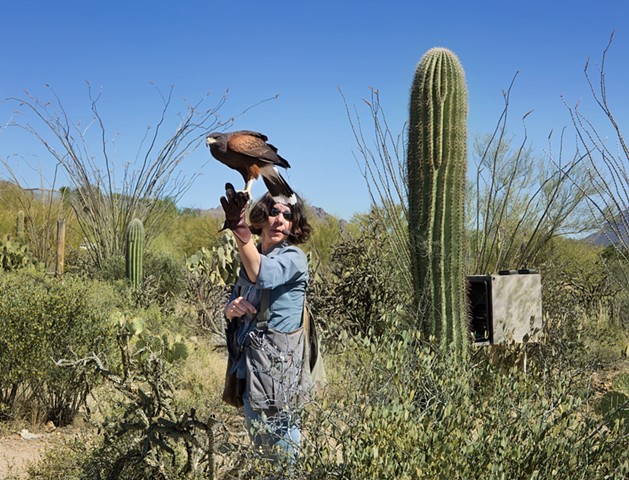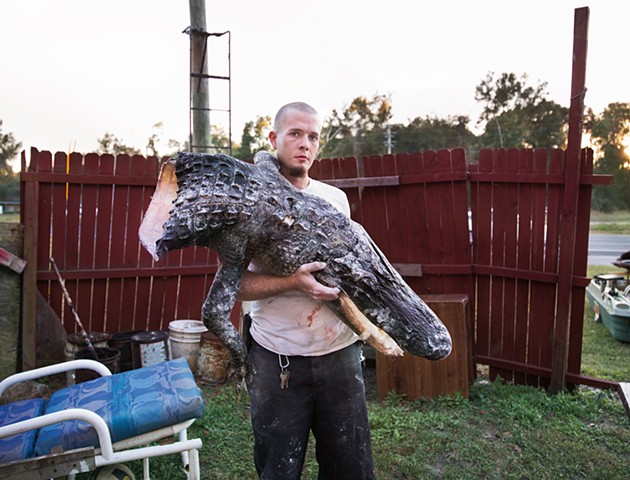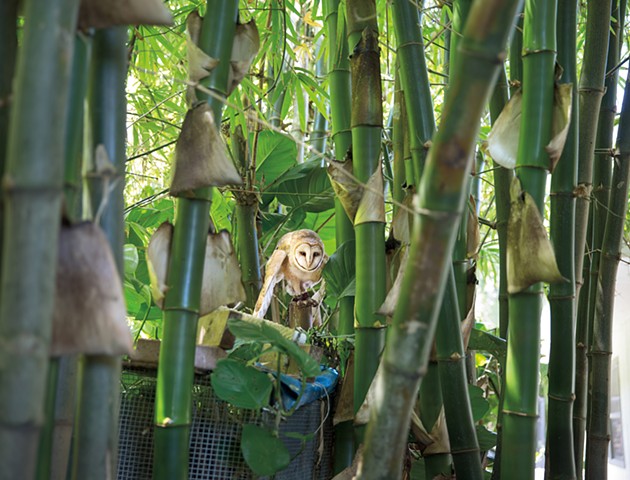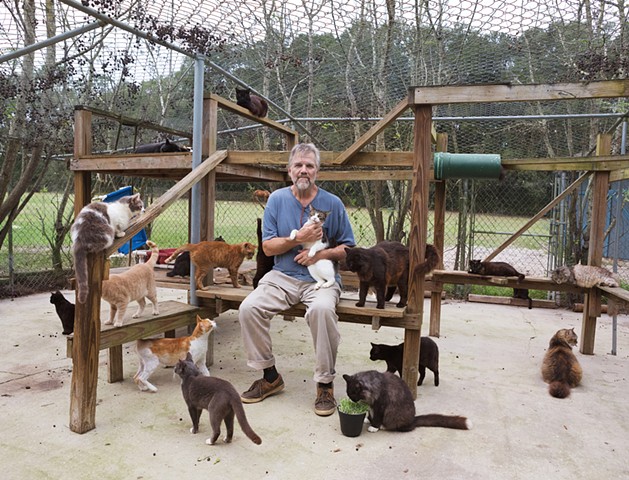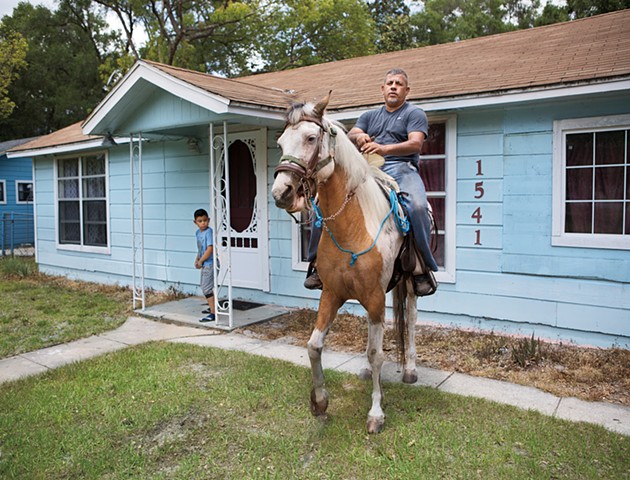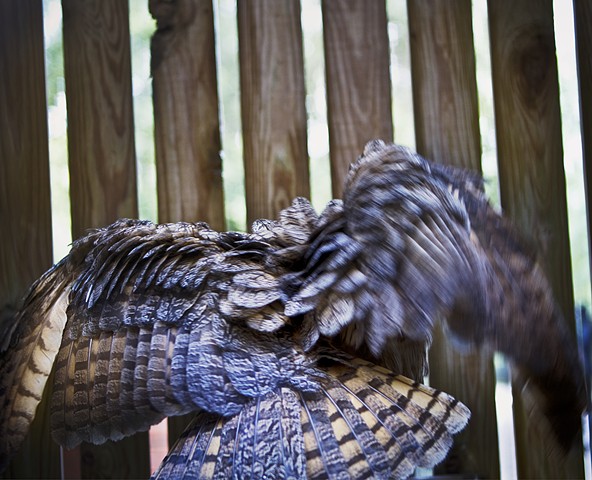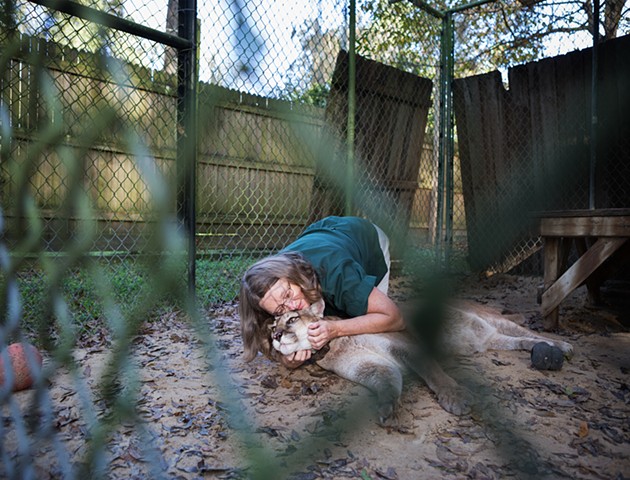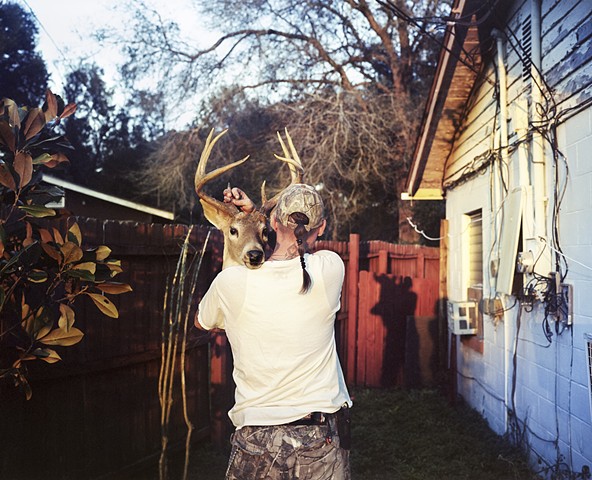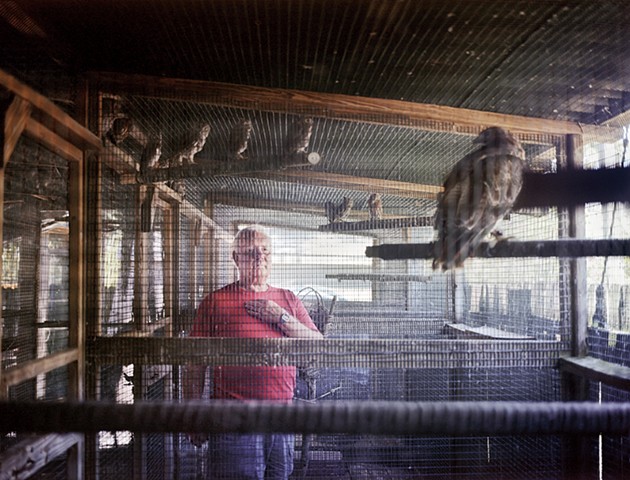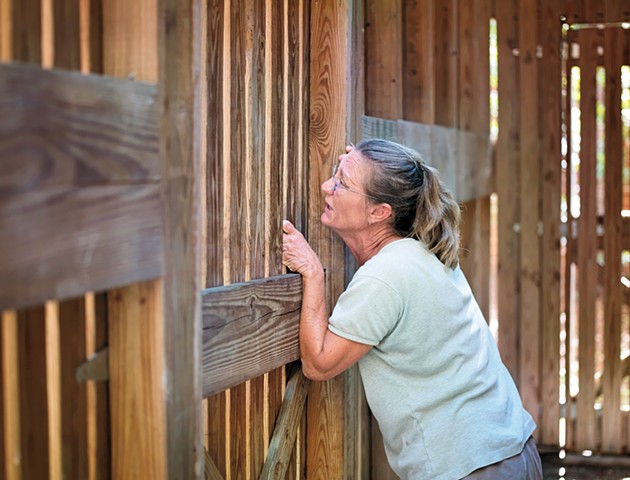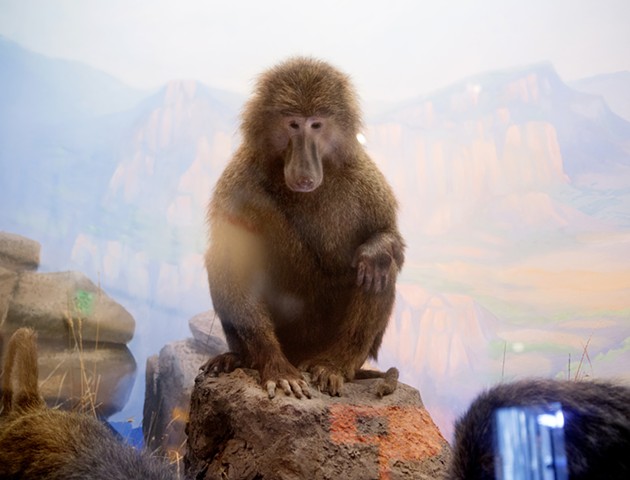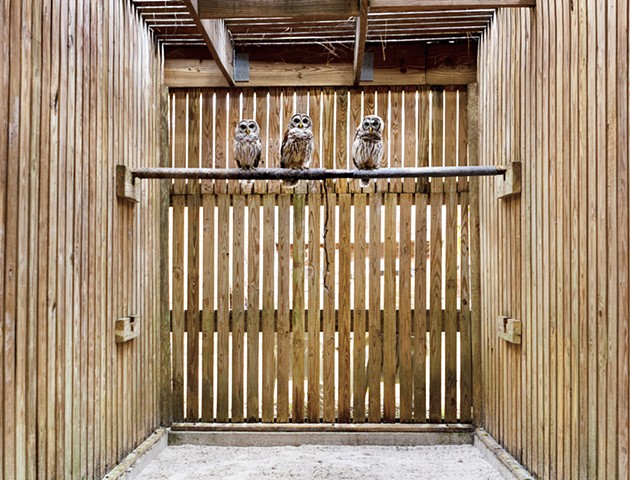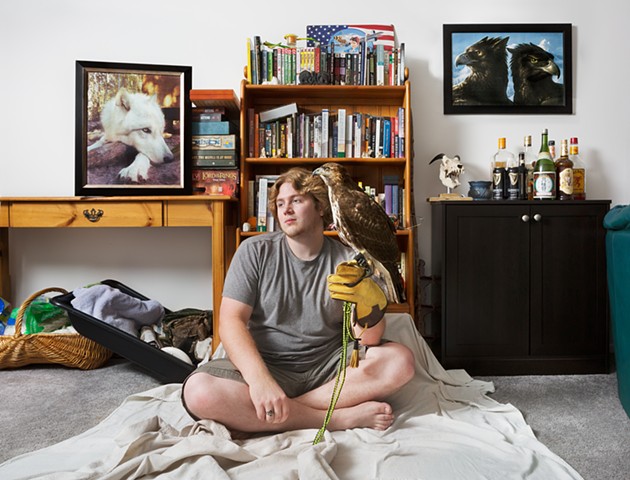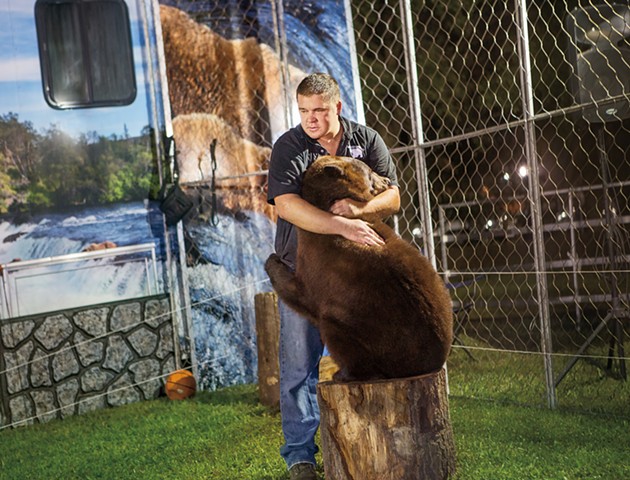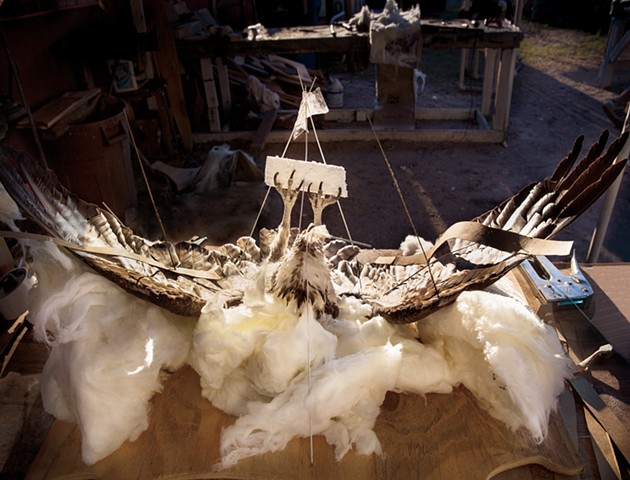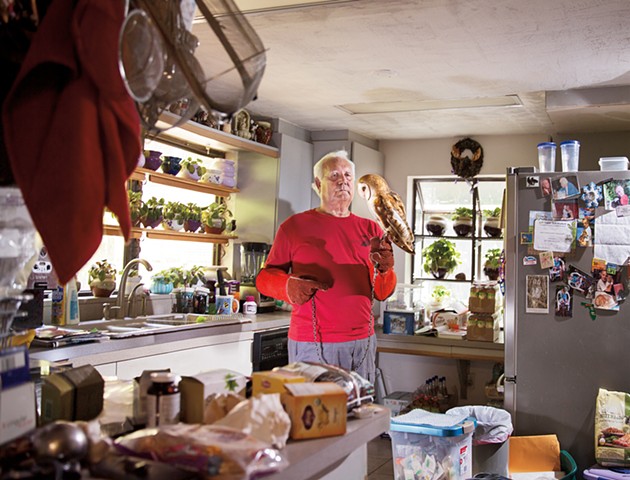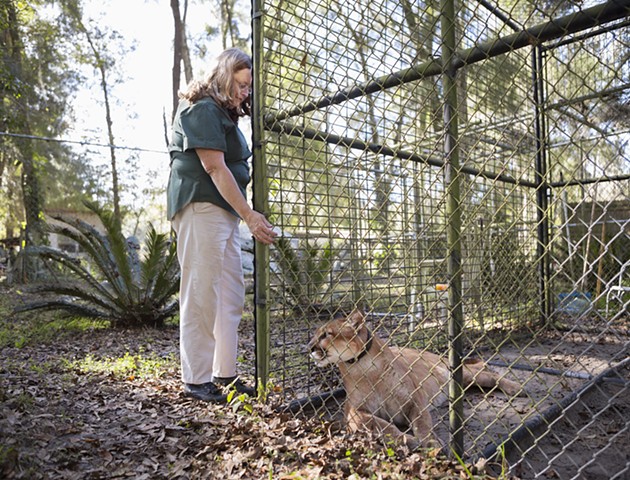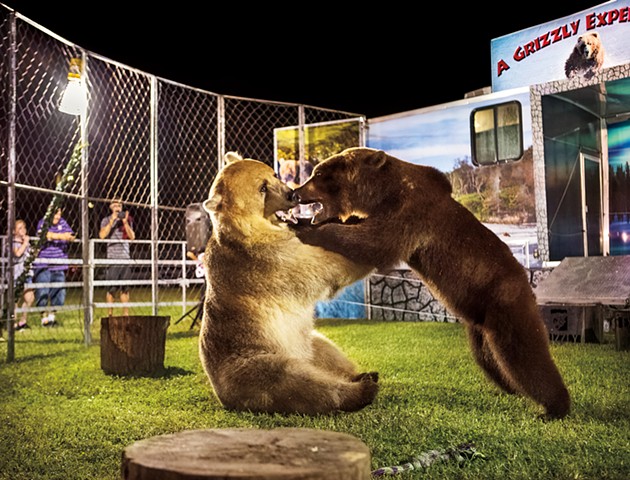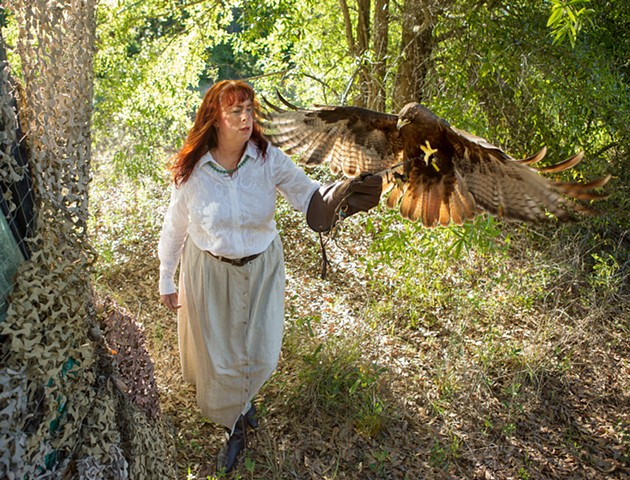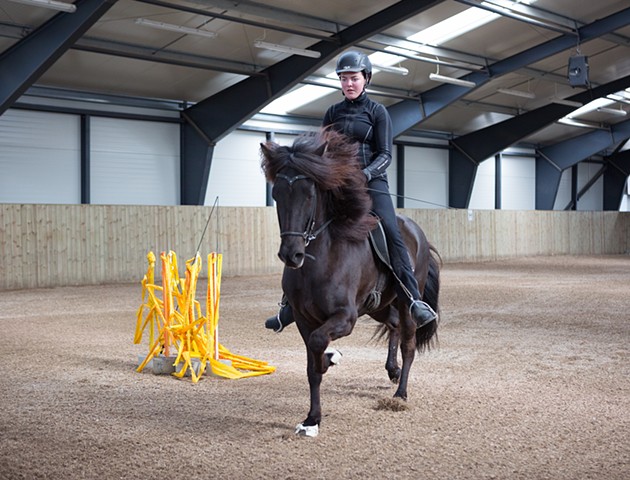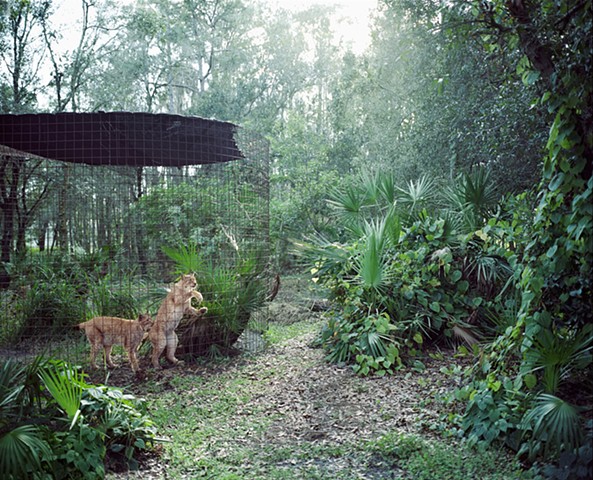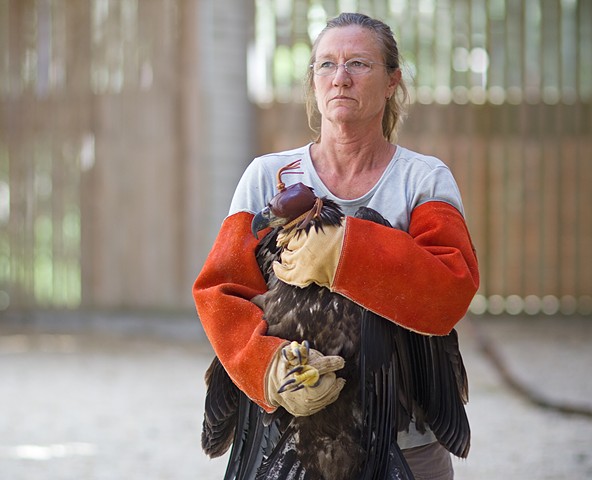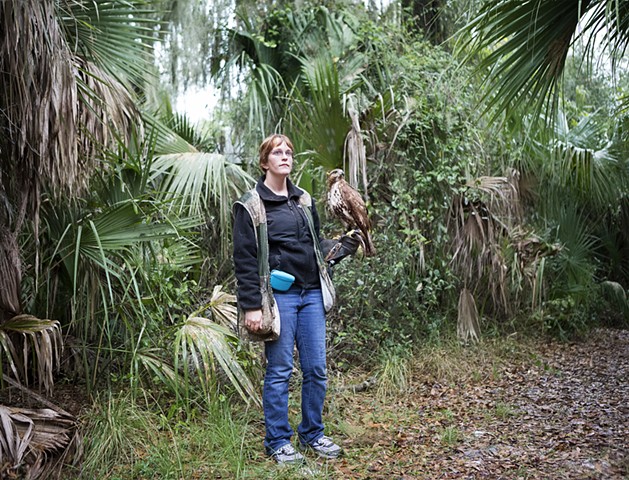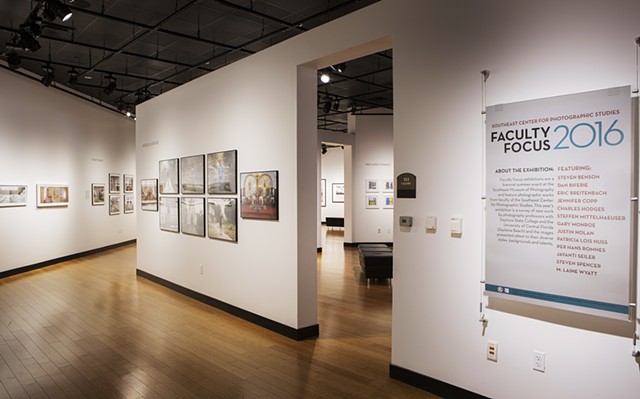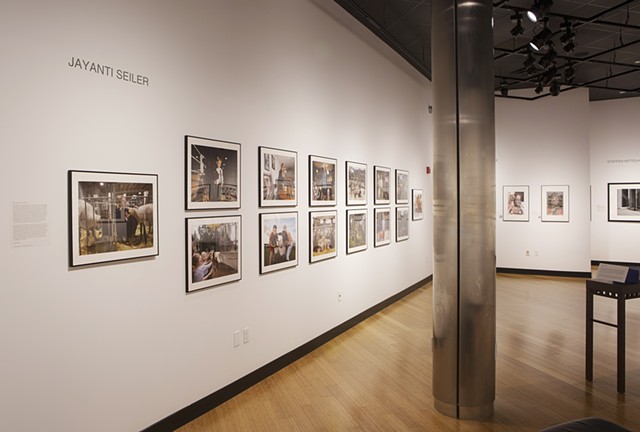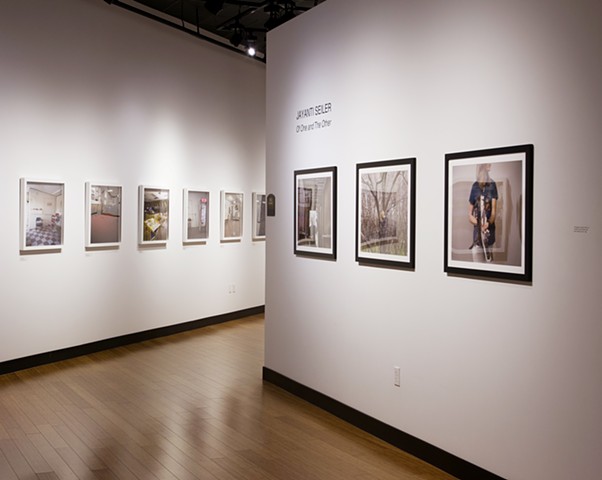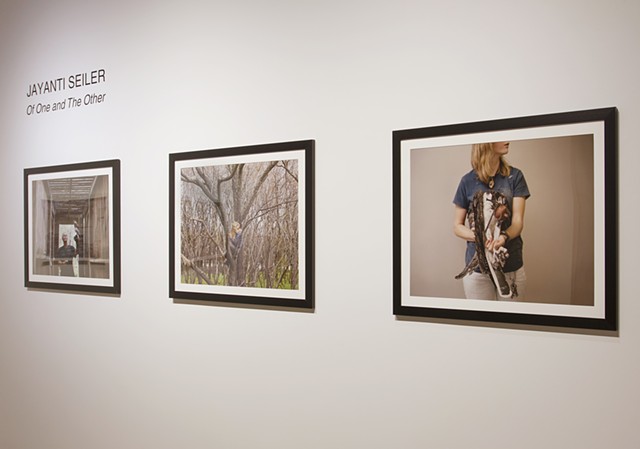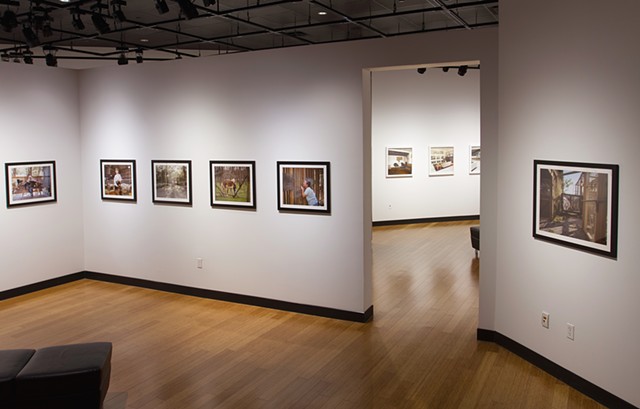"Of One and The Other" Portfolio (2013-18)
Of One and The Other (2013-2018) has been featured in The New York Times LENS "Humans and Animals: A Complicated Bond", the Southeast Museum of Photography in Daytona Beach FL, Chiang Mai University Art Museum in Thailand, WORKSPACE Gallery in Lincoln NE, Véganes magazine contreculturel “Beyond the Wall of the Species” in Montréal Canada, LIFE FORCE Magazine, LENSCRATCH, Bird in Flight Magazine "Golden Cage" in Russia, Muybridge's Horse, Edge of Humanity Magazine "From Lifesaving To Exploitation, The Human Factor in the Animal's Life", The Telegraph in London, and Vision Magazine in Beijing.
Artist Statement
Jayanti Seiler created the collection of photographs titled, “Of One and The Other”, to inspire consideration of the complexity and depth found in diverse relationships between animals and people from points along the spectrum spanning the chasm from lifesaving to exploitation. Jayanti’s lifelong passion for the well-being of animals, initially compelled her to apply her craft to explore a myriad of venues wherein humans and animals interact. The body of work developed out of her long-term dedication to wildlife rehabilitation and rescue. Jayanti immersed herself in the commonalities and conflicts of interest between neighboring groups to call attention to the ill-defined slippery notion of boundaries and how they are either honored or crossed. She sought to create photographs that deal with paradoxes inherent in human-animal encounters, such as the fine line between adoration, lifesaving, and exploitation. As a participant, observer and storyteller, Jayanti spent time among falconers who practice the sport of hunting with birds of prey, owners of exotic big cats, sanctuaries that care for abused wild and domestic animals, traveling safaris, zoos, wildlife rescue and rehabilitation centers, taxidermists, and tiger cub “encounters” for profit. Because the human-animal bond is neither black nor white or straightforward, Jayanti seeks a poetic way to represent what she is feeling about her subjects and to lead the viewer into the content. Jayanti’s images are more theater than documentation in that they are about the subject as opposed to being of the subject. Even though she feels strongly about the topic, she takes a gentle approach as opposed to a radical one. Jayanti’s pictures are an invitation not a confrontation. She must walk a narrow line and she tries to do that without judgment in order to remain open to the different enactments of reverence for the wild, attitudes towards animals, and the justifications that support them. Through her photographs she aims to impart a greater consideration and respect for our fellow inhabitants of this planet who are unable to speak for themselves.
“Of One and The Other” is a critique of the paradoxical framework and disparate representations of our relationships with animals; wherein there is the desire to coexist harmoniously, yet control, consume and rule. These have yet to be reconciled, although there is a growing sensibility and consciousness in Western culture towards animals as equal sentient beings. This work situates within this larger context and seeks to advocate for an essential regard for animals. The humans and animals that are depicted co-exist and connect across and within these margins. The capturers become the captured as they are bound by their commitments to preserve and protect. Conflict is found in efforts to remain at a distance, pictured as not only humane but also essential to survival and conservation in the world of wildlife rescue and rehabilitation. Others blatantly bridge that gap and sell “encounters” for profit with big cats under the same guise with little care for the welfare of the animals. Whereas altruistic individuals dedicate their lives to preserving the health of debilitated, abused, and neglected animals. These disparities are woven into the fabric of the photographs, calling attention to notions of adoration, escape, capture, release, and conservation. The images as seen together, are a call to revere the natural world while living in a modern one in which the two realms often conflict. The relationships Jayanti depicts are not clearly definable to call upon a greater concern. “Of One and The Other”, is an acknowledgment of the myriad contradictions, and the unresolved and intricate borderlands shared by contemporary life and the undomesticated world of nature. Irrespective of our own biases, within every interaction and encounter, there deserves to be further understanding of our obligations and impact on the lives of animals who, by definition, share our ability to perceive and respond to complex sensations and emotions: sight, touch, smell, also joy, fear, and suffering.
